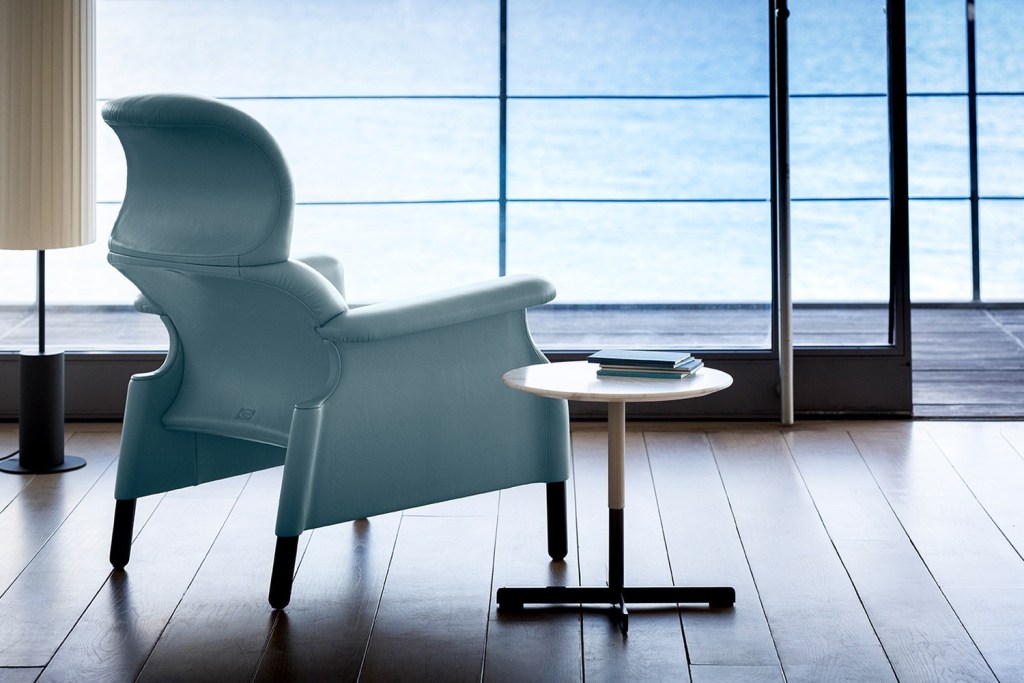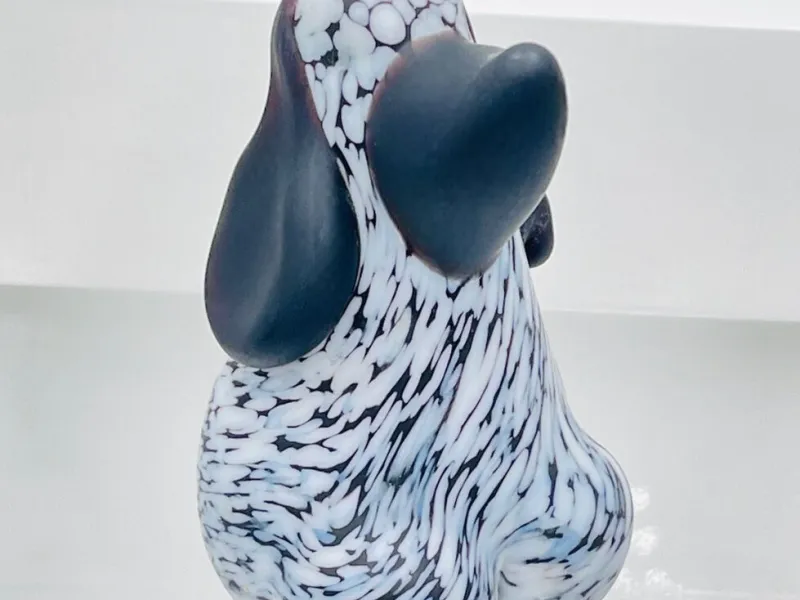George James Sowden
British Designer
George James Sowden (b. 1942) was a British designer. He was born in Leeds and lived in Italy. Between 1960-64 and 1966-68, he studied architecture at Gloucester College of Arts.

He settled in Milan in 1970, joining the Olivetti studio headed by Ettore Sottsass, where he developed design ideas concerning information technology. In 1981, he was a member of Sottsass’s Memphis group and produced objects and furniture for its collections until 1988, when Memphis closed. He subsequently set up his studio, working independently and with his wife, Nathalie du Pasquier.

He lives and works in an old glass bottle warehouse on the Corso di Porta Nuova in Milan. He shares this with his wife, Nathalie Du Pasquier, a key figure in the Memphis movement herself, and an eight-member design team working for Sowden Design. The line dividing Sowden’s life and work appears to be wafer-thin. The terrazzo-floored studio and kitchen open into each other, and almost every piece of furniture, whether a dining table or an office chair, is of Sowden’s design. There is also a payphone in one corner of the studio space that Sowden built for IPM in the 1990s.
Use of Colour
Sowden differentiates himself from many British creators by wholeheartedly embracing color, which he believes many in Britain shy away from, deeming it childlike. He decorates his home and studio with vivid colors, from file cabinets to wall fabrics. Subsequently echoing his belief that color is a vital form of communication and life. Reflecting on advice received in youth, amidst challenges in realizing his vision like his iconic D’Antibes cabinet debates. Sowden remains committed to his philosophy that color is essential to art. Subsequently signaling a defiance against the conventional color apprehension in Britain.

Sowden’s tableware designs for Bodum were widely published and famous, including his 1986 stainless-steel fruit bowl, whose pattern was produced by a sophisticated 12-stage stamping process. He had design clients, including Lorenz (timepieces with du Pasquier), Olivetti, and Italtel in Italy and Shizuoka in Japan.
Member of the Memphis Group
The Memphis movement (which took its name from the lyrics of Bob Dylan) was, as Sowden describes it, an eruption of “latent energy” Work was so scarce in the bleak 1970s that the collective, which included Sottsass, Matteo Thun, De Lucchi and others, decided it was time to work for themselves. “It was a really a pure statement,” says Sowden, “with no clients questioning what we were doing, we could just express ourselves.” After a few exhibits that stirred up no end of excitement, anger and interest from the likes of Karl Lagerfeld, who furnished his entire apartment with a new look, the manufacturing company Memphis Milano was set up.

George Sowden Works
His initial 1981 Memphis designs included the D’Antibes cabinet, Pierre table, Oberoi chair, Chelsea bed, Acapulco, Excelsior, and American clocks. They were followed by the 1982 Metropole casement clock, 1983 Palace armchair, Savoy cabinet, Quadro and Triangolo fabrics, 1985 Mamounia armchair and Potato ceramic platter, 1986 Liverpool and Gloucester armchairs, and 1987 George cabinet.
Additional Reading
Byars, M., & Riley, T. (2004). The design encyclopedia. Laurence King Publishing.
Hill, A. (2004, June 19). Design & Interiors: Our man in Milan, Albert Hill, travelled to Italy to meet George Sowden, the British co-founder of Memphis Design and pioneer of `friendly’ electronics. Independent.
Poynor, R. (2003). No More Rules: Graphic Design and Postmodernism. Germany: Yale University Press.
Sowden, G. J. (1990). George J. Sowden: Designing, 1970-1990. France: Musées des arts décoratifs.
More Italian Designers
More design articles
George James Sowden
Encyclopedia Design
Discover more from Encyclopedia of Design
Subscribe to get the latest posts sent to your email.





